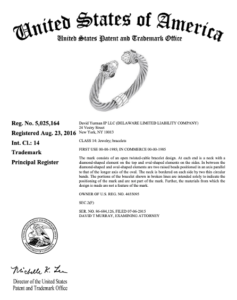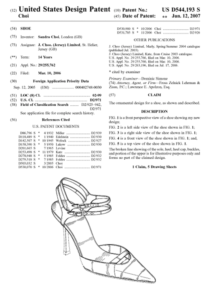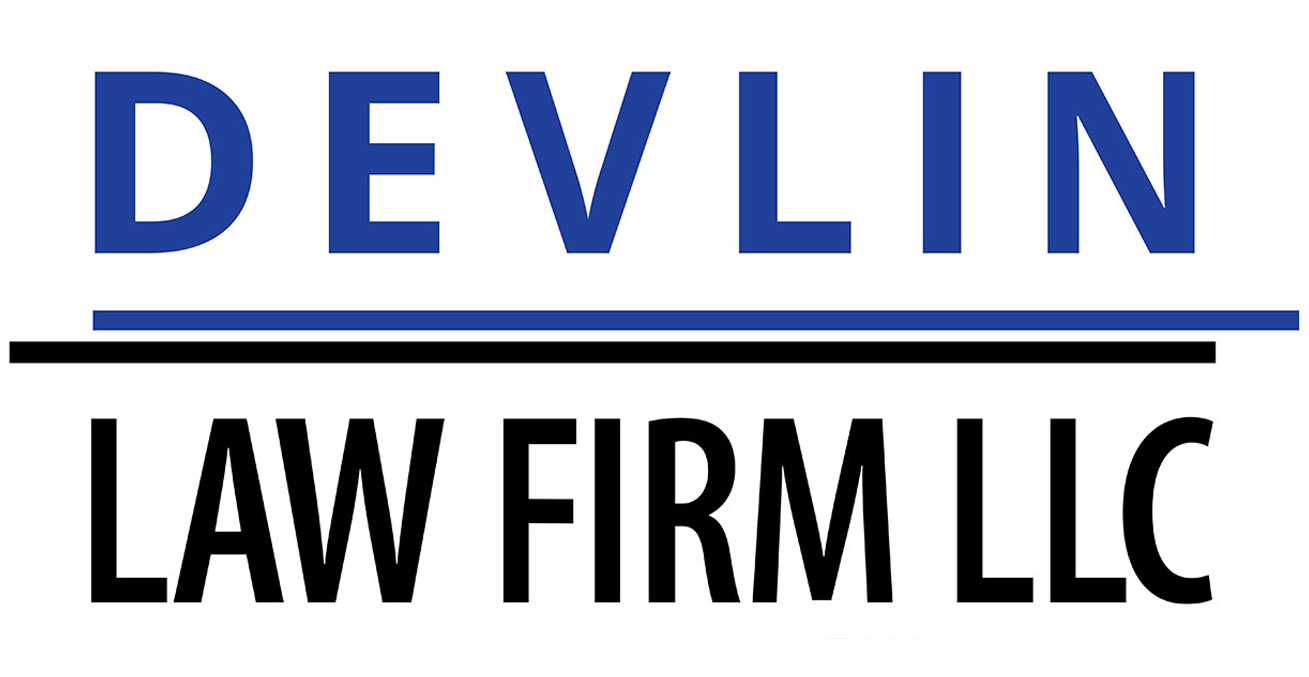The United States Patent and Trademark Office (USPTO) recently announced that it will suspend expedited examination for design patent applications effective April 17, 2025. The agency states, that this significant procedural change arises primarily due to an unprecedented surge in expedited examination requests, which has strained resources and delayed the processing of all design applications. Additionally, a rise in erroneous micro-entity filings, often made by entities that do not qualify for reduced fees, has exacerbated these challenges. To address these issues, the USPTO is implementing this suspension to restore efficiency and fairness across the patent system.
According to the USPTO, this suspension serves a dual purpose. First, it aims to reduce the backlog of design patent applications, ultimately benefiting all applicants through more predictable processing timelines. Second, it addresses the issue of incorrect micro-entity certifications, which have led to administrative burdens and financial shortfalls due to improper fee reductions. By pausing expedited examinations, the USPTO seeks to streamline its processes and improve overall service quality, ensuring that legitimate applicants receive timely and accurate examination of their design patents.
While expedited examination previously allowed for quicker resolution of design patents, its suspension necessitates strategic adjustments from businesses. Companies must proactively plan their intellectual property filings accordingly to accommodate potentially longer examination periods. Understanding the nuances and value of design patents is now more important than ever to leverage these critical IP tools effectively.
Design Patents and the Subject Matter Covered
Design patents protect the unique ornamental characteristics of an article of manufacture. Unlike utility patents, which protect functional aspects of inventions, design patents specifically cover visual attributes, including shape, configuration, surface ornamentation, and aesthetic features. These characteristics must be non-functional and purely ornamental to qualify for design patent protection.
The subject matter eligible for design patent protection is broad and includes items ranging from consumer electronics and fashion accessories to medical devices and furniture designs. Industries heavily reliant on visual differentiation, such as fashion and consumer goods, particularly benefit from design patent protections. The ornamental aspects protected under design patents provide businesses with powerful means to safeguard their distinctive product appearances.
To obtain a design patent, the design must be new, non-obvious, and not dictated by functional considerations. The application process involves submitting clear and precise drawings illustrating different perspectives of the claimed design. Once granted, design patents have a term of 15 years from the date of issuance, during which the patent holder has exclusive rightsto prevent others from making, using, or selling products embodying the patented design.[i]
The Value of Design Patents
Design patents constitute significant assets within any intellectual property portfolio. They enable companies to differentiate their products visually in competitive markets, potentially increasing consumer recognition and brand loyalty. Protecting the unique visual aspects of products through design patents not only enhances market positioning but also adds value to the intangible assets of businesses by creating enforceable intellectual property rights.
For example, U.S. Design Patent No. D544,193, owned by J. Choo Limited, protects the ornamental design of a double-strap pump.
Figure 1- J. Choo Limited
Additionally, design patents can serve as vital assets during licensing negotiations or partnerships. Businesses can monetize their design patents through licensing agreements, providing additional revenue streams. In cases of mergers or acquisitions, well-maintained design patent portfolios increase the overall valuation of a business, highlighting the strategic and financial importance of design patents.
Figure 2 – Small goods such as sunglasses and lipstick cases are often licensed for manufacturing and distribution by fashion brands.
A comprehensive strategy incorporating design patents can significantly enhance a company’s market strength. By clearly defining and securing rights to unique product aesthetics, businesses can effectively deter potential competitors from copying or closely imitating their designs. This protection supports long-term market leadership and sustained profitability.
How Design Patents Bolster an Intellectual Property Portfolio
Integrating design patents within a broader intellectual property strategy ensures comprehensive protection. When combined with utility patents, trademarks, and copyrights, design patents fill potential gaps in protection by specifically safeguarding ornamental designs that may not be adequately protected by other intellectual property types. This holistic approach provides layered defenses against infringement.
A diverse intellectual property portfolio enhances a company’s resilience against competitive threats. For instance, a utility patent might protect the functionality of an innovation, while a design patent simultaneously secures its distinctive visual identity. This dual-layered approach prevents competitors from easily creating derivative products that skirt functional patent protections while copying visual elements.
Furthermore, maintaining a diversified portfolio that includes design patents can boost investor confidence. Investors often look favorably upon businesses with robust intellectual property portfolios, recognizing that strong IP protections represent a proactive approach to market competition and risk management. Thus, design patents can play a critical role in demonstrating a company’s commitment to innovation and market dominance.
Using Design Patents to Protect Innovative Designs from Would-Be Competitors
Design patents offer an effective legal tool to protect unique product designs from competitor imitation. Once secured, these patents enable businesses to enforce their rights against infringing entities that seek to replicate the ornamental aspects of their products. By clearly defining the boundaries of protection, design patents can prevent competitors from producing products that substantially resemble patented designs. Notably, the landmark Apple v. Samsung infringement cases were squarely focused on design patent infringement.[i]
Strategic enforcement of design patents can significantly enhance a company’s competitive edge. Businesses actively enforcing their design patents send a clear signal to the market that infringement will not be tolerated, thereby deterring potential competitors from unauthorized copying. Infringement lawsuits and cease-and-desist actions can serve as powerful tools to protect market share and uphold brand reputation.
Moreover, design patents may provide substantial leverage in negotiations and settlements. Often, the mere existence of enforceable intellectual property, including design patents, prompts competitors to avoid costly litigation by negotiating licensing deals or altering their designs. This proactive defense mechanism ensures sustained product differentiation and long-term market success.
The Effectiveness of Design Patents with Other IP Assets
While design patents are powerful standalone assets, their effectiveness significantly increases when combined strategically with other intellectual property rights. Coordinating design patents with trademarks enhances brand identity protection, enabling businesses to simultaneously secure the visual aesthetics and associated branding of their products. David Yurman effectively employs this approach in protecting its corded design. While the design patent has an expiration date, the registration covering trade dress does not. The design patent can be an effective tool to cover the ornamental part of a design while a distinctive design characteristic acquires distinctiveness in the minds of consumers.

Figure 3 – US D529,834 Article of Jewely by David Yurman

Figure 4 – U.S. Trademark Registration No. 5,025,164 owned by David Yurman IP LLC
This cohesive approach offers enhanced market protection that can be perpetual as long as the design is being used in commerce and serves as a source identifier.
Similarly, pairing design patents with utility patents strengthens comprehensive protection of inventions. While utility patents guard the functional innovations, design patents safeguard the ornamental appeal, ensuring competitors cannot easily bypass protections through minor functional alterations. This synergy solidifies a robust protective barrier against infringement.
In industries such as fashion and consumer electronics, where aesthetic innovation drives consumer preferences, the integration of design patents with copyrights is also highly effective. Copyright protection can complement design patents by safeguarding graphic elements and artistic aspects, providing a multifaceted defense against imitation and unauthorized reproduction.
The Timeline for Design Patents without Expedited Examination
With the suspension of expedited examination, businesses should anticipate longer timelines for design patent issuance. Currently, the average pendency period for design patents without expedited processing typically ranges from 12 to 24 months. This timeline may extend further due to the increased application volumes and administrative scrutiny following the recent changes.
Given these longer timelines, early strategic planning for design patent filings becomes essential. Companies should prioritize filing design patent applications as early as possible during product development to ensure timely protection upon product launch. Proactive engagement with qualified patent counsel can facilitate efficient preparation and filing processes, mitigating the impacts of longer examination periods.
Additionally, ensuring accuracy and compliance in applications, particularly regarding micro-entity certification, is crucial. Accurate filings help avoid processing delays and administrative hurdles, further reducing the potential impact of the extended examination timeline. Companies must invest in thorough due diligence to verify eligibility criteria, thus facilitating smoother patent prosecution and ensuring timely issuance.
While the USPTO’s recent suspension of expedited examination for design patents introduces new challenges, informed and proactive businesses can adapt and thrive by strategically incorporating design patents into their overall intellectual property approach. Protecting your innovations through thoughtful use of design patents remains essential to maintaining a strong competitive position, even amid longer examination periods.

If you have questions about how design patents can specifically benefit your business or need expert guidance on integrating design protection into your broader IP strategy, please contact Robyn T. Williams at DevlinLawFirm.com. We’re here to help you secure and enhance the value of your intellectual property assets.
>> Learn More about Devlin Law Firm Patent Litigation and Prosecution






